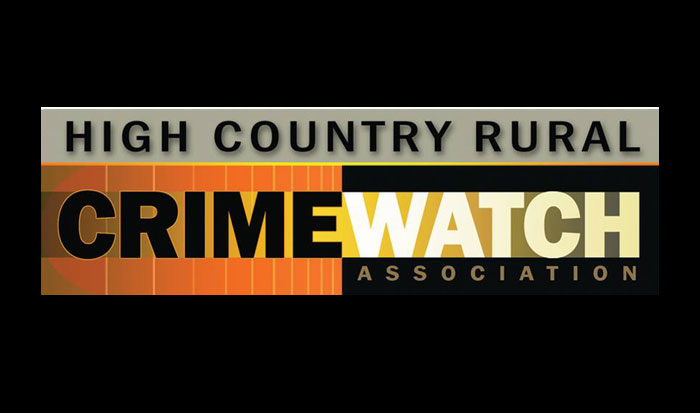Evacuation Order! – Now What?
This is an updated article from 2021 on a topic that is becoming increasingly likely as the risk of wildfires has increased substantially under the drought conditions we’ve been experiencing the last few years. At the time of writing the snowpack in the mountains is around normal, but this being the Chinook Belt we don’t know at this time whether we need to be concerned with continued drought or flooding. In either case the issuance of an Evacuation Order may occur.
So, what do you need to do if an Evacuation Order is issued. Evacuation Orders fall under the authority of the Provincial Emergency Management Act and are issued only when absolutely necessary to protect the public from danger. Evacuation Orders can be issued for wildfires, floods, sour gas leaks and other man-made or natural emergencies. Evacuation Orders can be issued at any time during the year.
Fire season started early this year with a little over 50 wildfires still burning from last year.
Evacuation Orders can be issued by a number of agencies including, but not limited to 1) Police 2) Local Municipalities, and 3) Provincial Agencies. There are 2 levels of Evacuation Orders: Evacuation Alerts and Evacuation Orders. Local media outlets and the Foothills County website will participate in informing you of Evacuation Alerts and Orders.
Those radio and TV interruptions you hear from time to time (the “Dee doo Dee doo” ones) are from the Alberta Emergency Alert system. In both of these forms of alerts you will be instructed as to what the emergency is, what you need to do, and where you should go.
Evacuation Alerts should be viewed as being a good idea to leave, or prepare to leave, given what is transpiring in your area or what is about to transpire, especially for the more vulnerable. It’s a heads up, certainly if you have livestock, that you may need to start moving them or making other arrangements for their safety.
Evacuation Orders mean you must leave and leave NOW. There is legislation in Alberta that lets you be taken by force if necessary. If you refuse to leave you are causing extra stress for, and putting First Responders at greater risk. (It should be noted that it is very rare for use of force to be undertaken to evacuate residents.) First Responders will have enough to do in an emergency without having to spend valuable time convincing you to leave. Be aware things can HAPPEN FAST – Fort McMurray, Lytton and Waterton as examples.
There may be a Reception Centre set up where evacuees can move to. If the emergency is a longer, continuous one, you should register your name even if you are not physically at that location. Reception Centres perform a number of functions: 1) lets relatives and friends know where you are 2) unifies people 3) may have day to day emergency supplies that you need and 4) lets Emergency Responders know that they don’t have to visit your place to find you.
As the emergency continues stay tuned to traditional media and social media for updates and monitor the Foothills County website. While you are gone from home, law enforcement will take steps, likely including checkpoints set up around the perimeter of the emergency, to reduce access to the area by unauthorized people. The checkpoints can be manned by Sheriffs, RCMP, and Fish & Wildlife Conservation Officers. During the 2013 flood, I went to check on a relative’s property in Wintergreen and had to pass through a check stop manned by the RCMP.
An announcement of when the Evacuation Order ends will be given over the media (radio, TV, social media) and at Evacuation/Reception Centres. Depending upon the emergency, it can take time to ensure it is safe to return that the water is potable, natural gas lines repaired, electricity is restored, and roads are passable. There was an instance during the High River flood where someone was cooking and left the stove on when the power went out. When the power came back on the house burned to the ground.
You should start today to prepare for a potential emergency. Make a checklist of what you should take with you, devise a family plan on how to reunite if members of the family are in different locations (school, work, etc.), keep up FireSmarting efforts. People in the Alberta foothills are a resilient bunch by necessity, and we are more resilient if we take a few steps to prepare for an Emergency ahead of time.
The following links: www.mdfoothills.com/emergency-management/emergency-preparedness.html , www.alberta.ca/emergency-preparedness.aspx , www.getprepared.gc.ca/index-eng.aspx provide good direction on what you should be doing now.
Dave Schroeder
HCRCWA Board Member


























